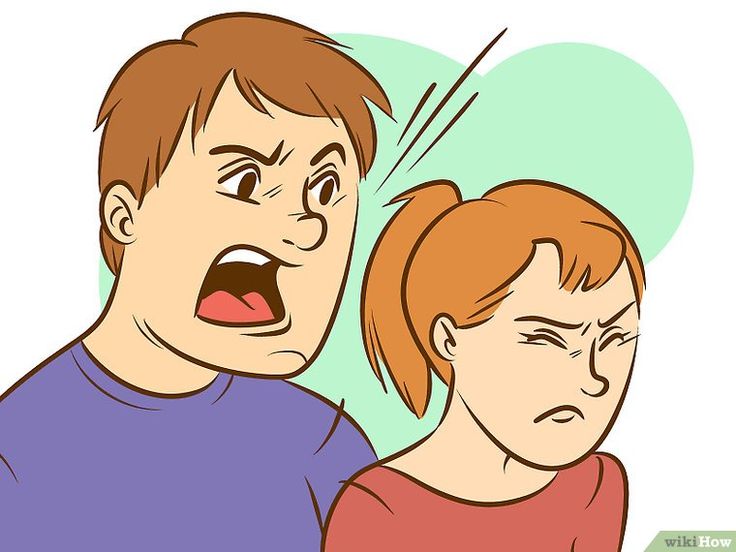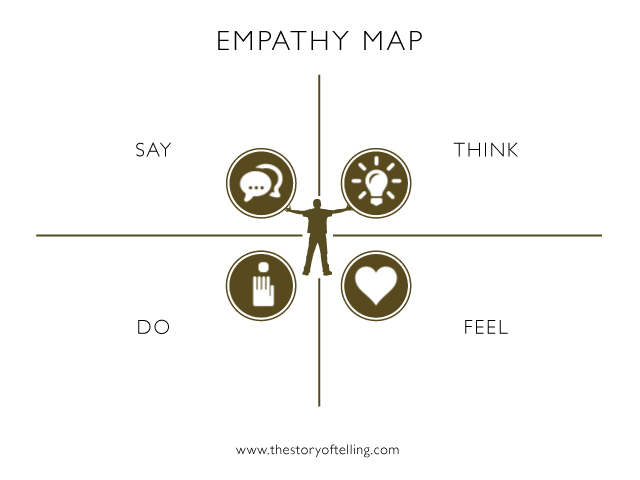Type a or b personality quiz
Type A and Type B Personality [Free Test]
Please answer the questions to determine your personality type:
Have you ever heard someone describe themselves as a Type A personality? As you’ll soon see, classifying themselves as Type A is typical Type A behavior. But what does this mean, and how do personality “types” fit into personality psychology?
In this article, we’re going to describe the different personality types and how certain traits can affect behavior and even physical health. Learning your personality type may help you prepare for certain situations and put yourself on a path toward the success you want.
It’s important to remember that being categorized as a type A or type B personality doesn’t doom you to a life of determinism… instead remember that this is just a classical way of organizing people into a dichotomy based on how they behave.
When we talk about personality types, we typically refer to Type A and Type B. It’s easy to remember how Type A behave because they’re first in the alphabet, they want to win! Type B are the people that are more concerned with the journey, not the destination.
Personality types have been studied against gender lines, there does not appear to be a significant amount of gender differences associated with what personality type you identify with. What does that mean? It means along gender lines, there is almost no difference in the handling of stress.
When personality types were studied against the lines of age association it was found that with age older generations are more agreeable than younger generations, which corresponds with a type B personality.
One thing to note is that personality is complex and ever changing, just as all of your body and mind functions over the course of your life, so don’t let your personality type put you in a box!
Type A Personality
A Type A personality is easy to identify. People who have this type of personality want to be high achievers. They push themselves to be the best. Type A personalities tend to be competitive, even if they are competing against themselves.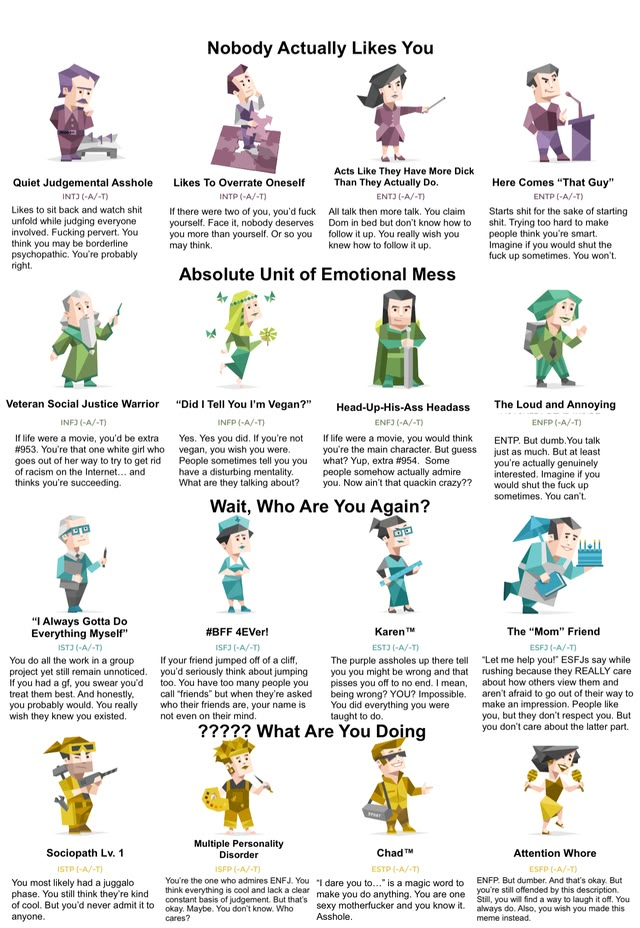 There’s usually quite an imbalance in their life, when it comes to love, finances, or health.
There’s usually quite an imbalance in their life, when it comes to love, finances, or health.
When they are given a task, they are more likely to immediately make a thorough plan and follow that plan all the way through until they achieve their goal. If they are given the task of planning a trip, they will have every detail of the itinerary organized before it’s time to board the plane.
Though type A personalities are identifiable by their “Go Getter” attitude, they experience higher levels of stress. This was thought to make these personalities more susceptible to heart conditions, but there are studies that say otherwise and is a controversial topic.
Type A personalities experience the most stress when things don’t go according to their plan. Things like delays in their work flows, or obstacles that they didn’t foresee. They also tend to be harder on themselves for the work that they do, they are more overcritical of themselves than any of the other personality types.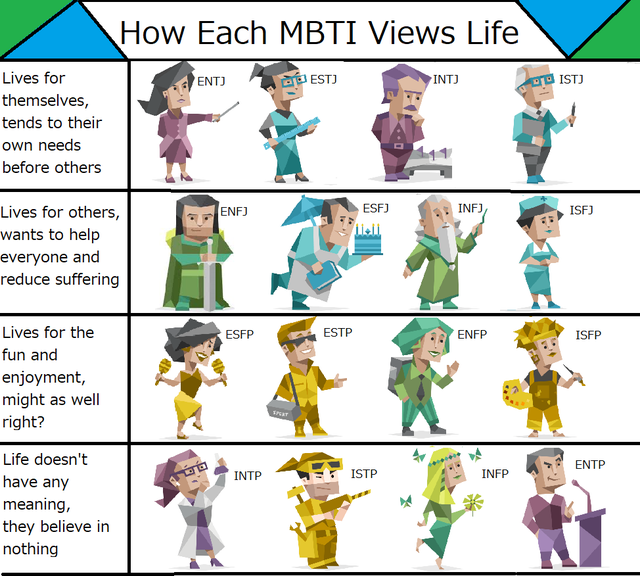
Type A Personality Traits
Type A personalities are also highly organized and methodical with their time. These are the type of members that you want in your group projects for school or work, they waste no time getting things done and are very structured, wanting things in a very particular way.
To sum it up, these are the characteristics of a Type A Personality:
- Organized
- Competitive
- Planners
- Tendency towards Workaholic
- More high strung than their Type B counterparts
When it comes to the Big Five, people with a Type A tend to be more Disagreeable, but they also tend to be more Conscientious.
Examples of Type A Personality
If you think you might be a Type A personality, here are some examples of other Type A personalities that you might recognize:
- Miranda Bailey – Grey’s Anatomy
- Randall Pearson – This Is Us
- Miranda Priestly – The Devil Wears Prada
- Captain America – The Avengers
- Belle – Beauty And The Beast
- Amy Santiago – Brooklynn Nine-Nine
- Batman
- Tony Stark – Iron Man
An example of type A personality in action could go something like this, see if you can identify the person in this situation with this personality type:
“There are four students in a group working on a poster project for their high-school English class.
Student 1 figures that there are three other people in the group and decides to take a nap during class time, thinking that someone else will get the project done. Student 2 wants to do well on the project but is not outspoken enough to get her ideas out there. Student 3 takes out a pencil and paper and decides to write down all her thoughts in an organized way and makes all her ideas known to the group. Student 4 is balancing a pencil on his nose.”
Could you tell in that little snippet of text who was the one that was most likely to be the Type A personality? If you guessed student 3, then you guessed correctly. Not only was she organized in her note taking to make sure she got all her thoughts down, she also made known to the group what her thoughts were and was not afraid to do it.
Just because you feel that type A is what fits you best doesn’t universally put you into a lane. Maybe in some situations you’re the one that wants everything a certain way, but in other cases you’d rather just relax and let someone else take the reign.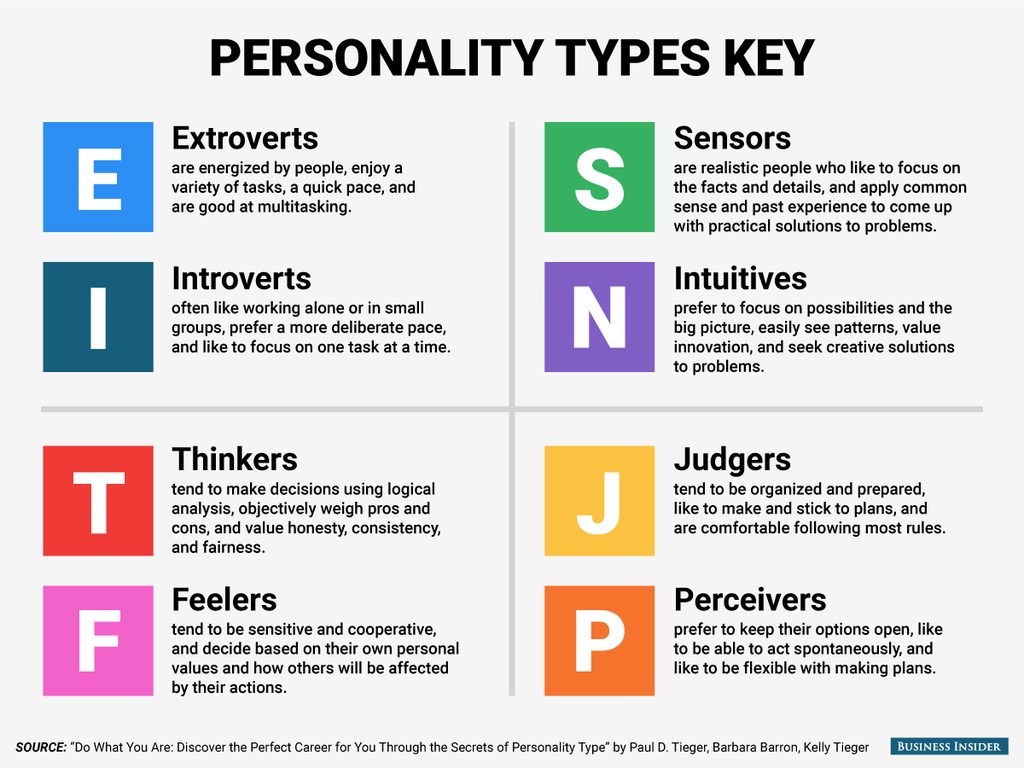
Type B Personality
Type B is often called “non-Type A.” A person with a Type B personality is everything that a person with a Type A personality is not. Type B personalities are not as concerned with being the best or finishing first. Rather than powering toward an end goal, people with a Type B personality may prefer to explore different possibilities and ways to achieve that goal. Life is about the journey rather than the destination.
If a person with a Type B personality is given the task of planning a trip, they may have a few pieces planned, but they are more likely to tell the guests that they will “play it by ear.” They are more laid back and will let life take them on a journey.
Think that the Type B life sounds pretty stress-free? So do we. And that big difference made a huge impact on the initial research into Type A and Type B personalities. In fact, Type B personalities were actually likely to live longer.
Type B personalities are more balanced in temper and more patient than Type A.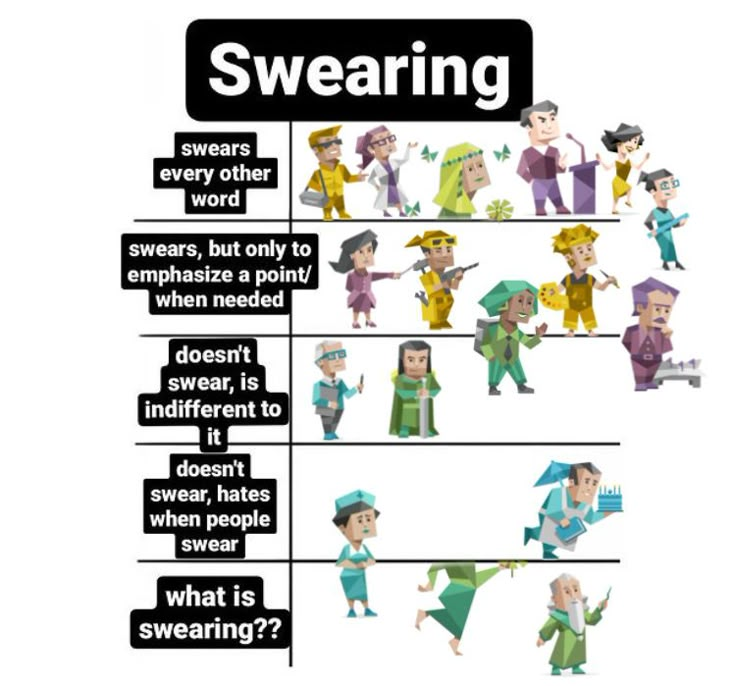 This contributes to their stress levels not being as high as A type. What also helps along type B personalities are their abilities to adapt efficiently to change. Not only do they handle change well, they embrace it with no fear.
This contributes to their stress levels not being as high as A type. What also helps along type B personalities are their abilities to adapt efficiently to change. Not only do they handle change well, they embrace it with no fear.
Type B Personality Traits
The difference between type B and Type A personalities are like night and day. When we think of Type B personalities these traits should come to mind:
- Go with the flow attitude
- Flexibility
- Low stress
- Adaptability
- Procrastinators
The laid-back personality that type B personalities have makes them very likeable to their peers. With these personality tendencies type B also tends to put things off to the last minute or just “wing it”. They don’t stress it though, because they are highly creative and are able to think up things on the spot.
If you find yourself waiting until the day before a big project is due to do the work for it, you might be a Type B personality.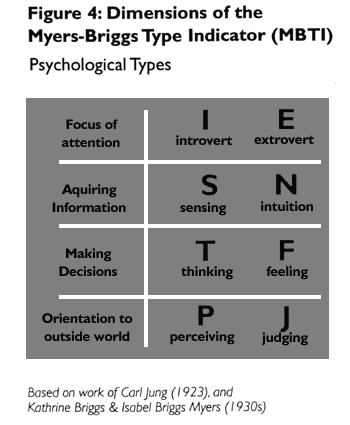 If you plan trips but don’t keep an itinerary, you might be Type B. And if your flight for that trip gets delayed and you don’t sweat it, you might be a Type B personality!
If you plan trips but don’t keep an itinerary, you might be Type B. And if your flight for that trip gets delayed and you don’t sweat it, you might be a Type B personality!
Examples of Type B Personality
Let’s take that same example from above and use it to figure out the type B personality:
“There are four students in a group working on a poster project for their high-school English class. Student 1 figures that there are three other people in the group and decides to take a nap during class time, thinking that someone else will get the project done. Student 2 wants to do well on the project but is not outspoken enough to get her ideas out there. Student 3 takes out a pencil and paper and decides to write down all her thoughts in an organized way and makes all her ideas known to the group. Student 4 is balancing a pencil on his nose.”
Which student would you guess is the type B personality? The answer could be Student 1 or 4! Both of these students seem to be displaying some procrastination, and neither of them seem too pressured by the assignment. So where does that leave Student 3? The only one we haven’t identified is part of a group that is new to the personality types in psychology and would be categorized as Type D personalities.
So where does that leave Student 3? The only one we haven’t identified is part of a group that is new to the personality types in psychology and would be categorized as Type D personalities.
Some famous examples of people with Type B personalities include:
- Rachel from Friends
- Bart from The Simpsons
- Jonah Hill
- Ron Weasley from Harry Potter
- Leonard from Big Bang Theory
- Buzz from Toy Story
Physical Effects of Personality Types
The theory of the two original personality types was developed by Meyer Friedman and Ray Rosenman in the 1950s. Friedman and Rosenman weren’t renowned psychologists. They were cardiologists. And while Type A and Type B personalities have a role in modern personality psychology, Friedman and Rosenman weren’t interested in changing the world of psychology.
They were concerned with heart disease.
When people are working on a project, encouragement or coaching can cause physical reactions.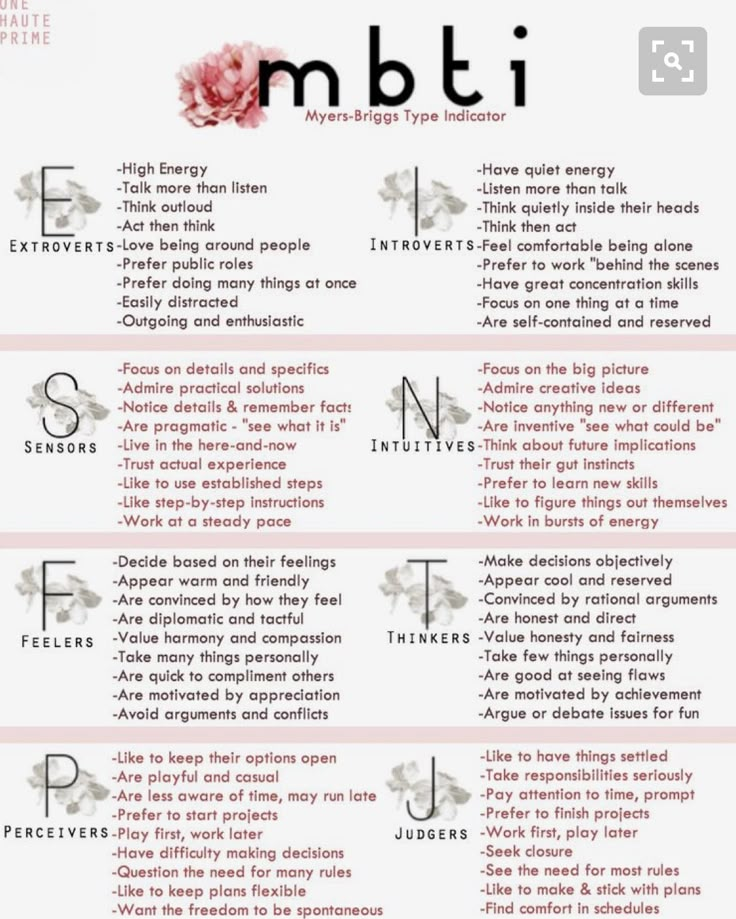 One of these reactions is called cardiac reactivity, and it causes an increase in your heart rate. Even when said with kindness, the phrases, “Work faster!” “Come on!” or “I know you can try harder” may increase your heart rate. If you’re a Type A personality, your heart rate is more likely to increase, and increase by a higher rate.
One of these reactions is called cardiac reactivity, and it causes an increase in your heart rate. Even when said with kindness, the phrases, “Work faster!” “Come on!” or “I know you can try harder” may increase your heart rate. If you’re a Type A personality, your heart rate is more likely to increase, and increase by a higher rate.
The two cardiologists also noted that most Type A participants didn’t like to sit in the waiting room as long as Type B participants would.
But Friedman and Rosenman’s research didn’t stop there. In their initial research about personality types, they claimed that Type A personalities were more likely to get a heart attack. Why? The stress of having a Type A personality, where everything has to be perfect and planned, can take a serious toll on your heart health.
It should also be noted that these cardiologists found participants who showed type A behavior also were more prone to stress-related illnessess and have thier flight-or-fight response set off more often.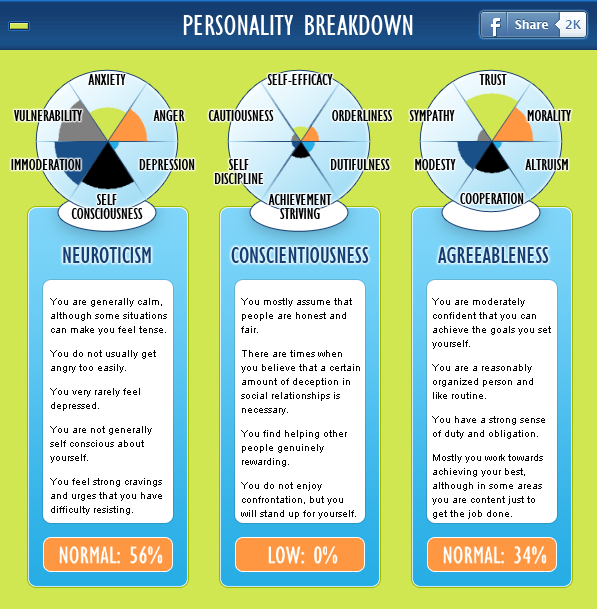
Advancements in Personality Type Theory
Friedman and Rosenman published their initial findings back in the 1950s. Personality psychology has come a long way since then. Two other personality types have been added to the roster of personalities that could potentially cause health problems.
Let’s discuss Type D and T personalities.
Type D Personality
Type D personality traits exist outside of the world of Type A or Type B. Even if a person with a Type A personality is faced with a big task, they meticulously plan and organize themselves with the hopes and determination to complete that task. People with a Type B personality live a less stressful, and therefore more easygoing, life. They face big tasks with a shrug and the assumption that everything will work out in the end.
People with Type D, if faced with a big task, are unlikely to think they can accomplish the task in the first place. The “D” stands for distress. People with Type D personalities are more likely to be pessimistic, talk negatively to themselves, and feel hopeless.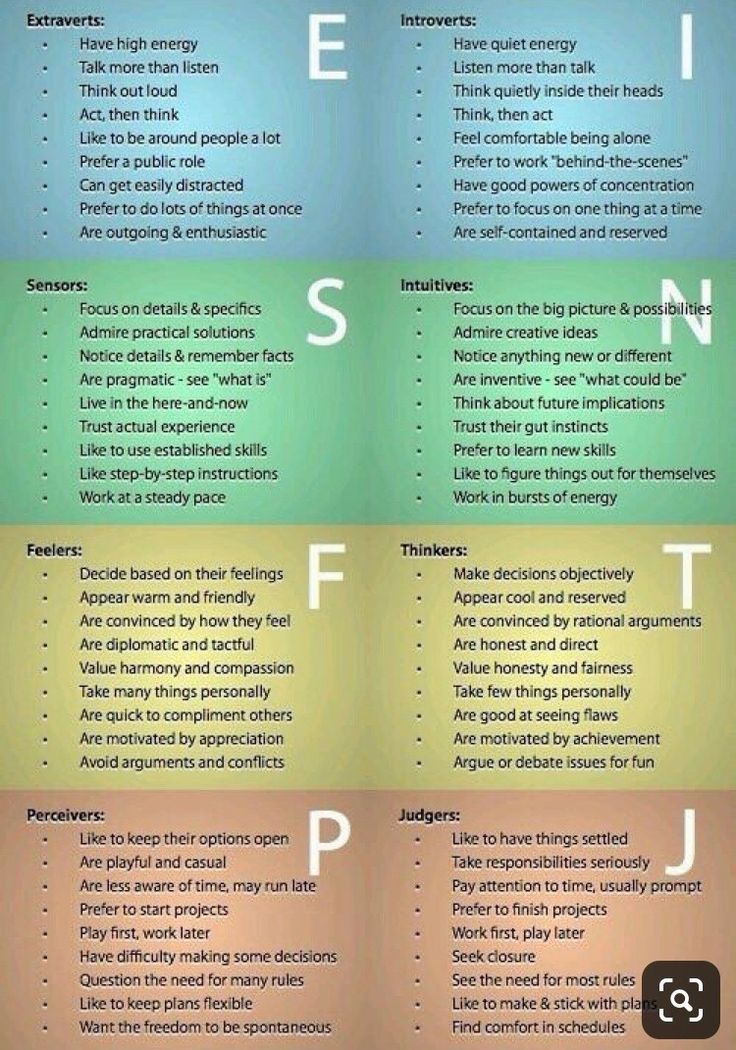
Negativity can cause stress and physical problems, similar to the ones people with Type A personalities experience. Research shows that people with a Type D personality are more likely to experience coronary artery disease, a weak immune system, or chronic inflammation.
Type D personalities, by these standards, are more prone to mental health issues like depression or anxiety. These personality types are the classic overthinkers. This is different from the overthinking of Type A personalities because type A are meticulous planners, only thinking of things going the way they planned. Type D personalities are planners in the sense that they plan for everything that could go wrong with their plans.
To review, these are the types of characteristics that you would find in someone with a type D personality:
- Glass half empty attitude
- Self-deprecation
- Fear of rejection
- Avoidance of social situations
- Classic “wallflower” personality
- Little self confidence
The best word to describe type D personalities are introverts, not liking much attention. They are wallflowers and they don’t mind it.
They are wallflowers and they don’t mind it.
The “depressive” type personalities don’t entirely mean that you’re always down and out about life, it just means that these personality types tend to react to stress more negatively than the Type A or B personalities. They are not as adaptable to change.
But this also means that these personality types might report higher job satisfaction, not getting bored of their work because it makes them feel more secure.
Type T Personality
Type D personality traits may encourage someone to stay in and mope. Do people with a Type T personality mope? They’re probably too busy snowboarding or bungee jumping.
The last personality type that has gained popularity in recent years is the Type T personality. People with this type of personality are thrill-seekers. They seek out and chase experiences with high risks. These risks could be the risk of death (Type T personalities tend to climb mountains or skydive) or the risk of living without a steady income (artists, entrepreneurs, gamblers…they are likely to have a Type T personality.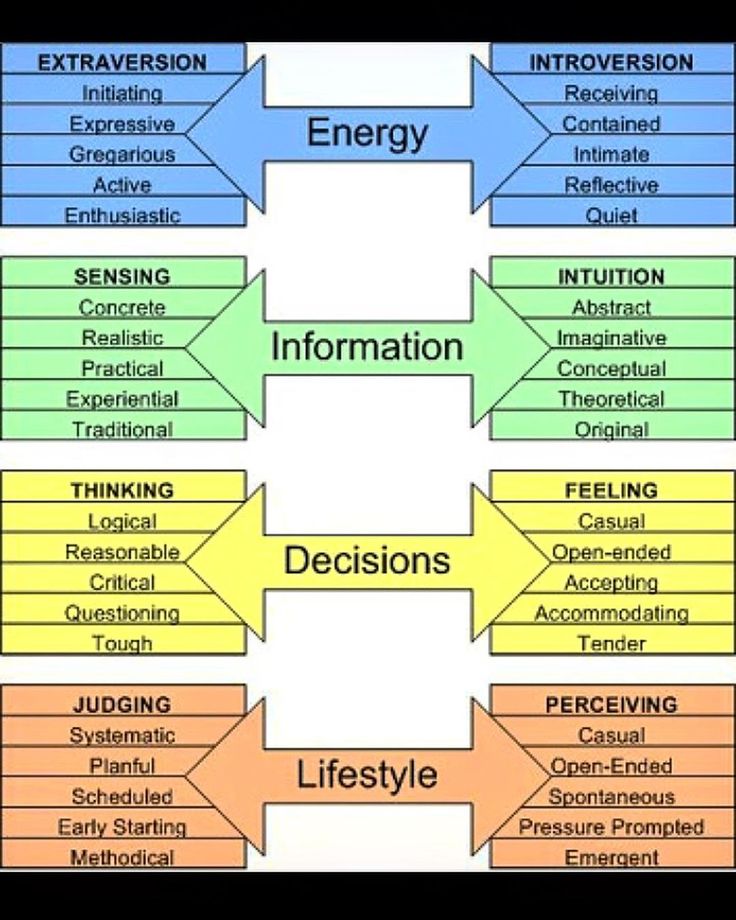 )
)
Like Type B personalities, people with Type T personalities are not at a high risk for specific heart problems (at least, none that we know of yet.) But with thrill-seeking activities come high risks of their own.
However, the adrenaline pumping through the systems of these type T personalities may be causing them to have more heightened senses, as happens when adrenaline is higher. This is the reason that some people chase these thrills, to feel that rush going over them.
A person with Type T Personality will likely have these characteristics:
- A lifestyle that seems unsteady
- Never in the same place for long
- Thrill seekers
- Athletic
- Outgoing
- Dreamers
There is little research done on Type T personalities, but what we do know is that the other type that most closely comes to parallel with these are the Type A personalities.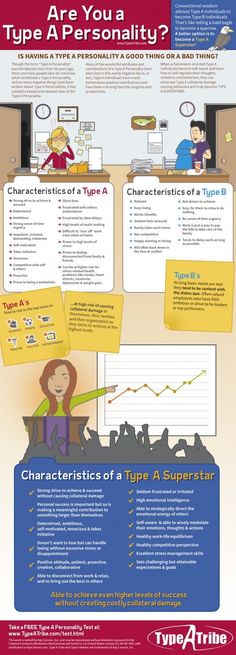 The characteristics of these two personality types make them popular and successful.
The characteristics of these two personality types make them popular and successful.
The only perceived negative effect of having this personality type is that you can get yourself into some pretty stressful situations in your life if you aren’t careful.
And not being able to stay in one spot for long may make it difficult to form deep bonds with other people. You may have to sacrifice relationships for the high risk lifestyle or vise versa.
What Personality Type Are You?
What does all of this mean for you? First, you’ll have to find out what personality type you are. While the answers tend to be pretty obvious, you can also take tests online to figure out which type fits you and your lifestyle (like the one above!).
Simply put, you can ask yourself these questions and quickly determine what personality type you most likely fit:
1) Do you feel like you need to use all of your time productively?
2) If you lose, do you often feel very bad, instead of enjoying the game?
3) Do you walk faster than others?
4) Have you attempted to multitask in the last week?
5) When was the last time you relaxed for more than an entire day?
If you are a Type A or a Type D personality, you may want to reach out to a professional to learn about ways to manage your risk of heart disease and other complications.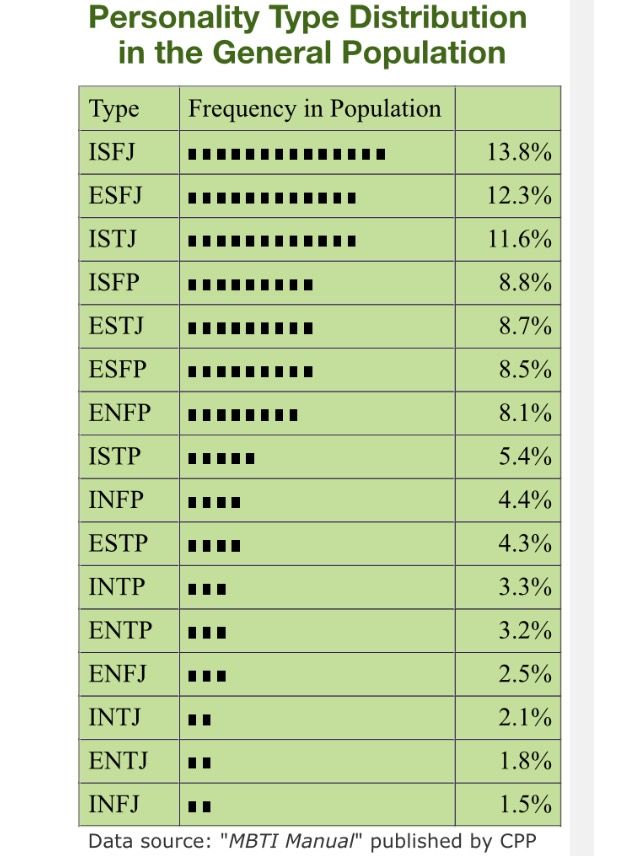 Healthy habits, like positive self-talk or exercise, can help to reduce stress and stay heart-healthy.
Healthy habits, like positive self-talk or exercise, can help to reduce stress and stay heart-healthy.
Ask These 6 Questions to Figure Out Which One You Are
Since Meyer Friedman and Ray H. Rosenman first developed their personality theory, people have been exploring the differences between Type A and Type B personalities. Stereotypically, these two types would be polar opposites. Type As are meticulous, organized and driven, which is very different to Type B’s more laid-back attitude.
Today, we know that no one is fully one type or the other. Still, if you’re wondering which way you lean, the following questions might help you figure out the type you’re closest to.
1. How well do I respond to stress?
We all deal with stressful situations differently. For example, some are terrified by the thought of public speaking, while others find it exhilarating. That’s why it’s so important to have individualized strategies to cope with stress, since how well you respond to it depends on many factors, including your personality type.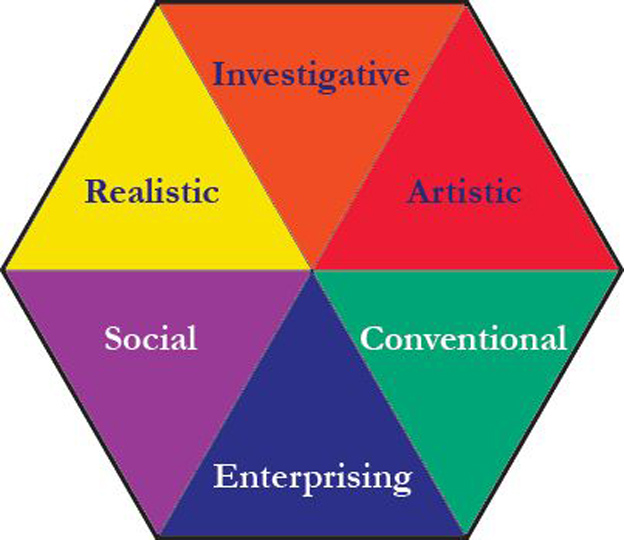
Originally, the Type A vs Type B personality theory was developed to understand the causes of heart disease. Friedman and Rosenman discovered that Type As are more likely to overwork themselves, and therefore are more prone to developing coronary disease in the future. Type Bs, on the other hand, are more relaxed and flexible and are thus better equipped to stay calm during a stressful situation. So, if you want to find out whether you're Type A, or Type B, ask yourself: how well do I respond to stress?
2. Am I a spontaneous person?
Spontaneity: something I do not naturally possess, and often admire in other people. The truth is, like most Judging personalities, I’m a planner. Having a strategy I can implement helps me stay on top of my game and work towards my goals.
If you’re wondering whether you are a Type A or Type B personality, ask yourself how spontaneous you are.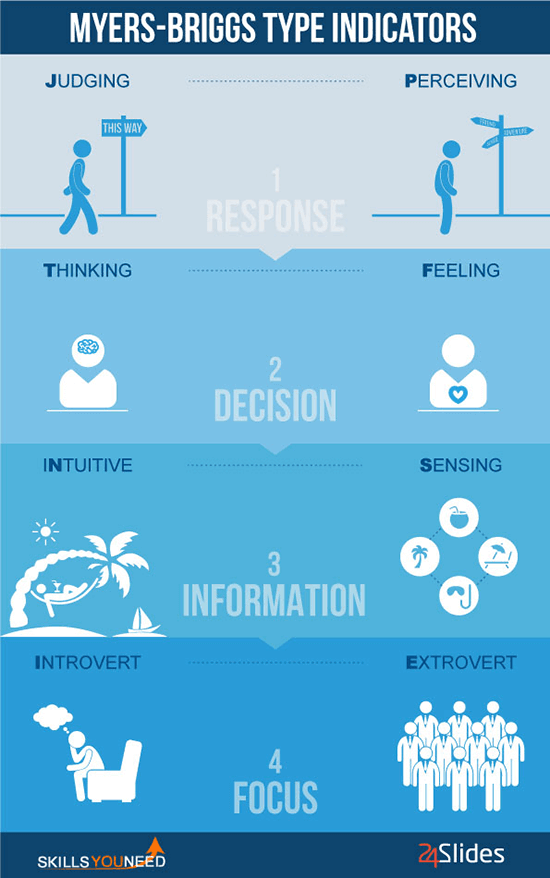 Are you able to make a great presentation at work without notes, relying only on whatever comes to your mind? (If so, I applaud you.) Do you have a tendency to procrastinate? Are to-do lists your best friends?
Are you able to make a great presentation at work without notes, relying only on whatever comes to your mind? (If so, I applaud you.) Do you have a tendency to procrastinate? Are to-do lists your best friends?
Once again, there’s no one who is absolutely one type or the other, but understanding how much spontaneity you have could help you figure out whether you tend towards Type A or Type B – Type As being less spontaneous, Type Bs being more so. Do you delay tasks? Do you fail to set long-term goals? Read up on the Type B personality and see if it resonates.
3. Does it bother me if I can’t finish what I’ve planned for the day?
I once read a book that included correspondence from famous writers to their mothers. In one of the letters, the poet Fernando Pessoa stated that, for him, every change was “a partial death.” That quote stays with me, as, over the years, I too have struggled with the idea of change.
I’m telling this story because if you’re the overachiever Type A, you’re probably more averse to change than your Type B peers.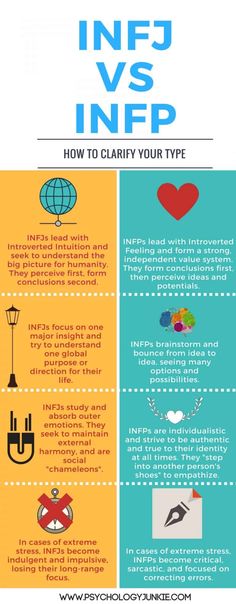 In fact, you might see failing to complete everything you’ve planned for the day, month or year as disastrous. After all, organization is key for you.
In fact, you might see failing to complete everything you’ve planned for the day, month or year as disastrous. After all, organization is key for you.
Type Bs cope better with sudden changes, as detailed planning is not really their style.
4. Is being punctual important for me?
If there’s one thing a Type A personality dislikes, it is someone wasting their time. Your typical Type A person values punctuality, and can see running late as a sign of disrespect.
Punctuality is not as important for Type Bs. Sure, it makes a good impression, but it’s not the end of the world if someone keeps you waiting for a few more minutes than expected.
What we’re really talking about here is adaptability and compromise. Type A is a planner. If someone shows up late to a meeting and complicates their schedule, they won’t be pleased about it. Conversely, Type Bs don’t like to be rushed. As a Type B, you prefer working at your own pace, completing tasks as they come without feeling restricted.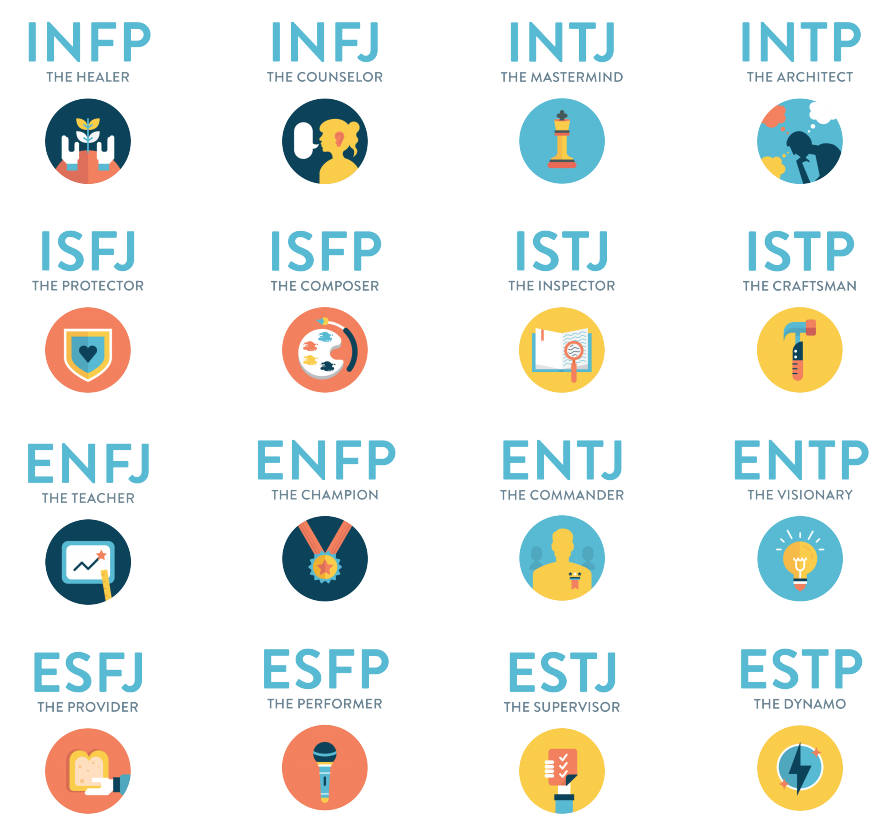 Hence, you don’t value punctuality as highly as your Type A peers.
Hence, you don’t value punctuality as highly as your Type A peers.
5. Am I a naturally competitive person?
How competitive are you? In general, Type Bs are not inclined to take on complex challenges or engage in competition. Whereas for Type As, competition is the thing that gets them out of bed in the morning!
This doesn’t mean all Type As are go-getting workaholics who are out to smash every target in front of them. Type As are perfectly able to establish healthy boundaries. What it does mean, however, is that Type As tend to seek challenges in their day-to-day lives. As a Type A, you want to be the best, so you don’t play for fun – you play to win. That person who wants to beat everyone on board game night? Probably Type A.
6. Do I tend to challenge other people’s opinions?
Last, but not least, to solve the Type A vs Type B personality conundrum, reflect on whether you tend to challenge other people’s opinions. This may help you discern if you’re more of a dominant or a passive person.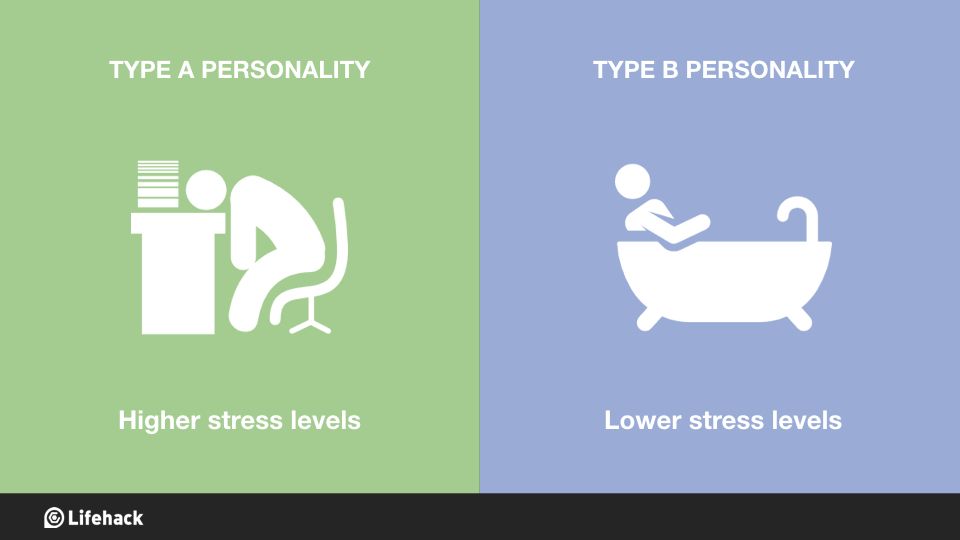
As a Type B, you’re more likely to compromise and “live and let live.” Type Bs tend to be tolerant, reflective and easy going. Type As, on the other hand, are more likely to have a dominant personality and even an aggressive edge.
Let’s be clear: Type A personalities aren’t rude. Sometimes your classic Type A can be direct and blunt due to the high standards they set for themselves and others. This may come across as confrontational in some situations. But unless the Type A is very stressed, the challenge should be made without malice. It is simply the Type A’s way of getting the best possible outcome from the task at hand.
The bottom line
If you’re wondering whether you skew more toward a Type A or a Type B personality, the questions above could guide you in the process. Just keep in mind that these personalities exist on a spectrum, so you might see traits of both in yourself.
Criminology test, 75 questions with answers
1. What concepts are the subject of criminology:
a) crime;
b) causes of crime;
c) individual criminal behavior;
d) corpus delicti.
2. Who first used the term "criminology"?
a) Bentham;
b) Garoffalo;
c) Lombroso.
3. "Closed" questionnaire is:
a) a survey of a limited circle of people;
b) the questionnaire contains a list of answers to the question;
c) there are no answers to the question in the questionnaire.
4. A survey of specialists to establish criminologically significant circumstances is:
a) modeling;
b) testing;
c) method of expert assessments.
5. Crime rate is:
a) criminal activity of the population;
b) change in crime over time;
c) the ratio of the number of crimes committed and the population;
d) spatial prevalence of crime.
6. The dynamics of crime is:
a) regional characteristics of crime;
b) historical prerequisites for the growth of crime;
c) the ratio of different types of crimes;
d) change in crime over time.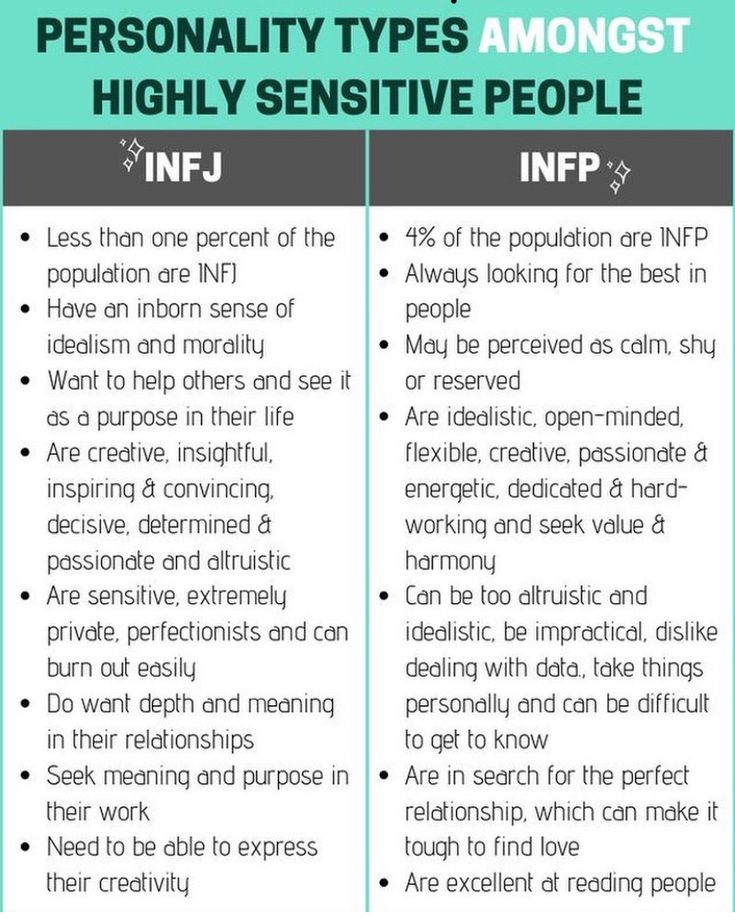
7. Which of the following types of crimes are most subject to seasonal fluctuations?
a) robbery;
b) rape;
c) infliction of grievous bodily harm;
d) fraud.
8. Spatio-temporal distribution of crimes, due to the specifics of the regions, is:
a) crime density;
b) crime geography;
c) the structure of crime.
9. The structure of crime is:
a) corpus delicti;
b) the proportion of different types of crimes in their total number;
c) elements of the subject of criminology;
d) the ratio of registered and latent crime.
10. What type of crime occupies the largest place in the structure of crime in Russia:
a) murder;
b) theft;
c) fraud;
d) hooliganism.
11. Latent crime is:
a) unregistered crime;
b) unsolved crime;
c) especially grave crimes;
d) crimes that do not pose a great public danger.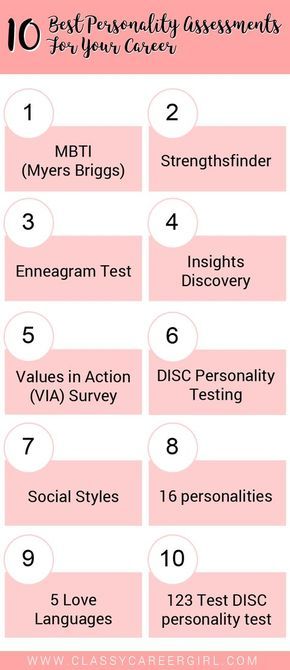
12. What types of crimes have increased latency:
a) murder;
b) robbery;
c) riots;
d) theft.
13. Natural latency is:
a) crimes remained unknown to law enforcement agencies;
b) crimes are hidden from registration by law enforcement agencies;
c) crimes with the lowest level of detection.
14. Indirect consequences of crime are:
a) direct material damage from crimes committed;
b) non-pecuniary damage caused to victims;
c) government and society spending on fighting crime.
15. What refers to the criminal-legal signs of a criminal's personality:
a) age;
b) motive;
c) committing a crime in a group;
d) previous conviction.
16. Which category of persons is characterized by the least criminal activity?
a) employees;
b) workers;
c) employees of education, culture, healthcare.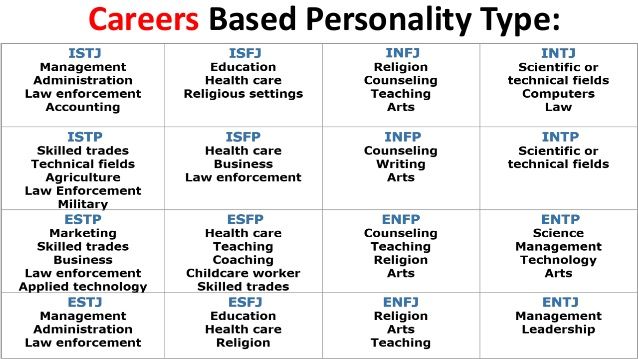
17. What categories of criminals have a lower educational level?
a) mercenary;
b) economic;
c) against the order of administration;
d) violent.
18. A criminogenic personality type is:
a) a person who has committed a crime;
b) a person who is sure to commit a crime;
c) a person endowed with characteristics that increase the likelihood of committing a crime.
19. Phenomena of social life that give rise to crime are:
a) the conditions of crime;
b) causes of crime;
c) manifestations of crime;
20. The criminological theory that explains crime by the lack of solidarity among members of society is called:
a) the theory of a dangerous state;
b) the theory of social disorganization of society;
c) the theory of stigma.
21.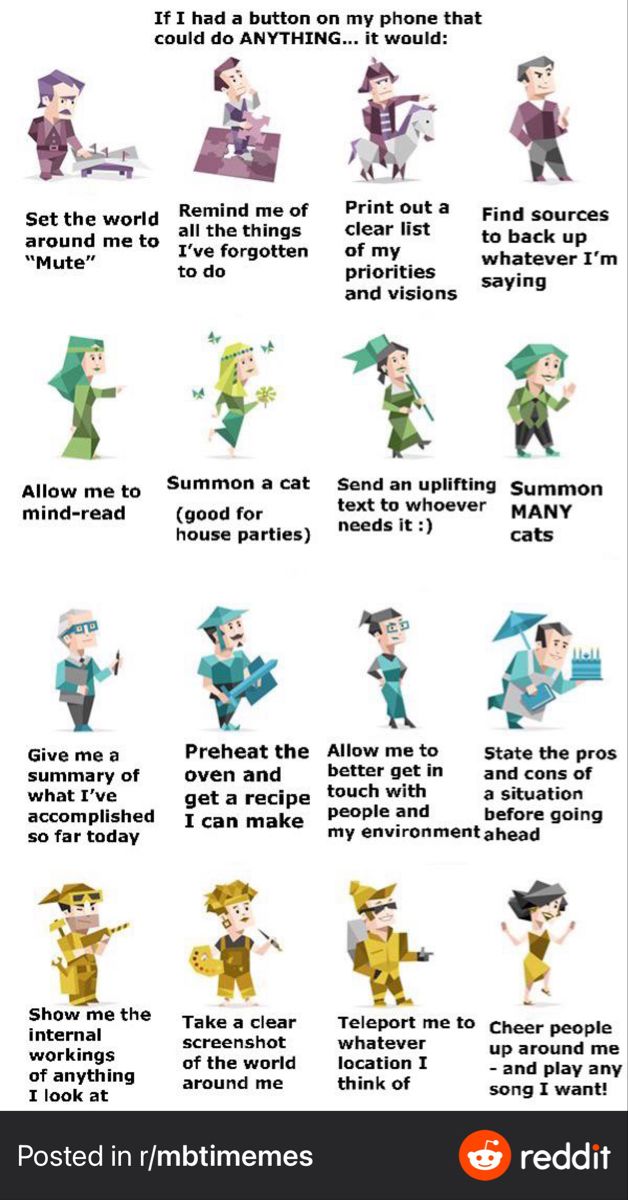 Victimology is:
Victimology is:
a) crime victim science;
b) the science of the consequences of crime;
c) the science of the identity of the offender;
d) the science of measures to combat crime.
22. What, from the point of view of the representatives of the theory of differential association, underlies the training of a person in criminal behavior?
a) an innate tendency to perceive negative forms of behavior;
b) attractiveness of criminal behavior;
c) patterns of criminal behavior often catch his eye.
23. According to which of the criminological theories, the main cause of crime is the contradiction between the values that society aims people to achieve and the possibilities of achieving them according to the rules established by society?
a) differential association theory;
b) victimology;
c) the theory of anomie.
24.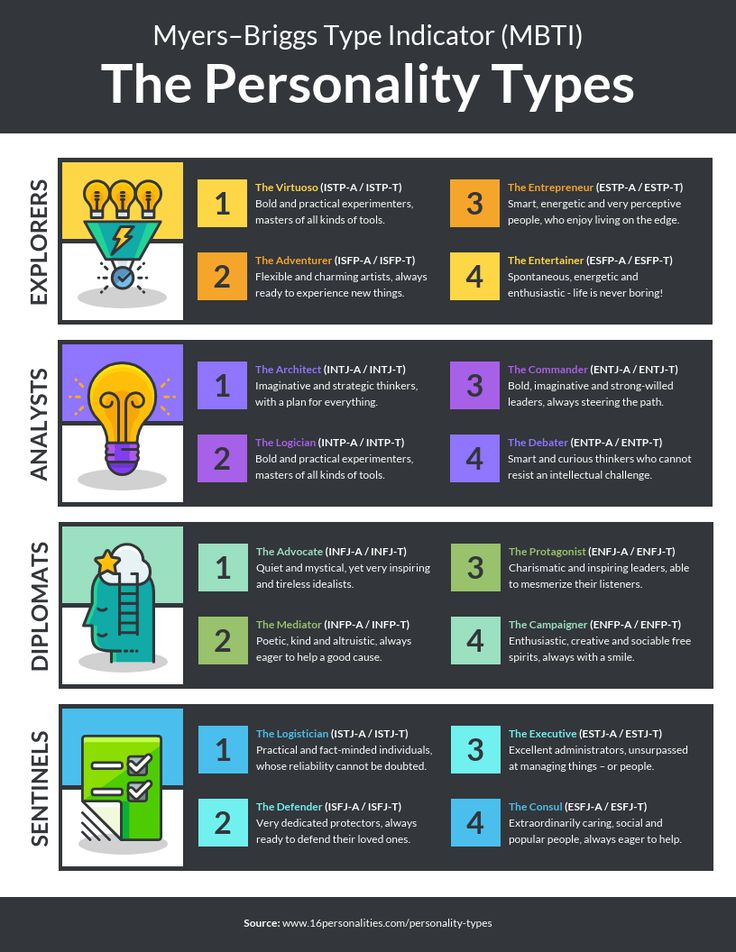 Representatives of what professions have the highest victimization rate?
Representatives of what professions have the highest victimization rate?
a) teachers;
b) trade workers;
c) law enforcement officers.
25. Which of the listed criminological theories can be classified as sociological?
a) Anthropological school of criminology;
b) danger state theory;
c) the theory of stigma.
26. A multi-level system of state and public measures aimed at eliminating, weakening or neutralizing the causes and conditions of crime is:
a) crime prevention;
b) crime prevention;
c) crime prevention.
27. General recidivism of crimes is:
a) repeated commission of an identical or similar crime;
b) repeated commission of an inhomogeneous crime;
c) commission of a crime by a person with a criminal record.
28. In which of the listed crimes is the proportion of women the largest?
a) theft;
b) murders;
c) hooliganism
29. Crime is:
Crime is:
a) an object of criminology;
b) the subject of criminology;
c) both are true;
d) both are false.
30. Criminology and criminalistics:
a) the concepts are the same;
b) these are different scientific disciplines;
c) criminology is a part of criminology.
31. Population surveys:
a) are used in sociology;
b) used in criminology;
c) both are true;
d) both are wrong.
32. Economic crime is studied:
a) the general part of criminology;
b) a special part of criminology;
c) sociology.
33. The formulation of the desired future result of scientific activity in identifying topical problems in the fight against crime is:
a) the practical goal of criminology;
b) applied purpose;
c) the theoretical goal of criminology.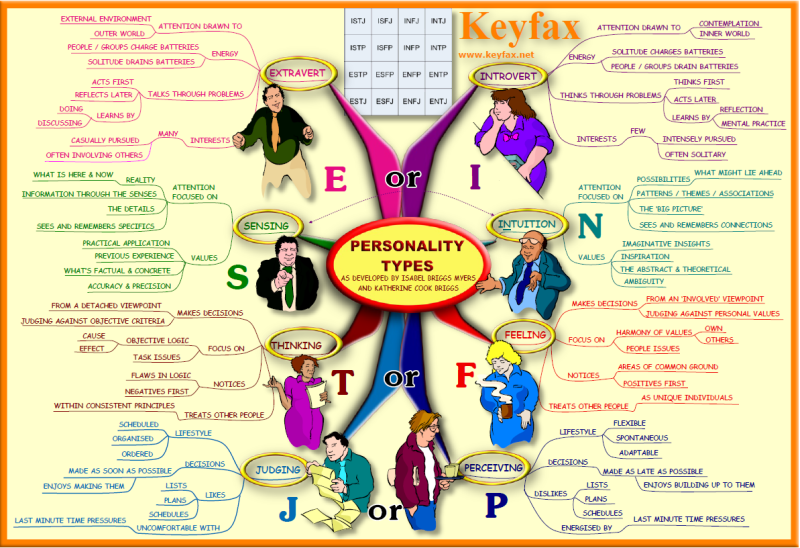
34. Criminology is divided into:
a) theoretical criminology;
b) applied criminology;
c) sociology of law.
35. Criminology studies:
a) the economic life of society;
b) crime,
c) human psychology;
d) criminal law.
36. Main functions of criminology:
a) descriptive;
b) cultural and educational;
c) explanatory;
d) predictive.
37. The system of specific methods, techniques, means of collecting, processing and analyzing information is:
a) methodology of criminological research;
b) methods of criminological research;
c) an independent science - sociology.
38. Victimology is included in:
a) the general part of criminology;
b) special part of criminology;
c) it is an independent science.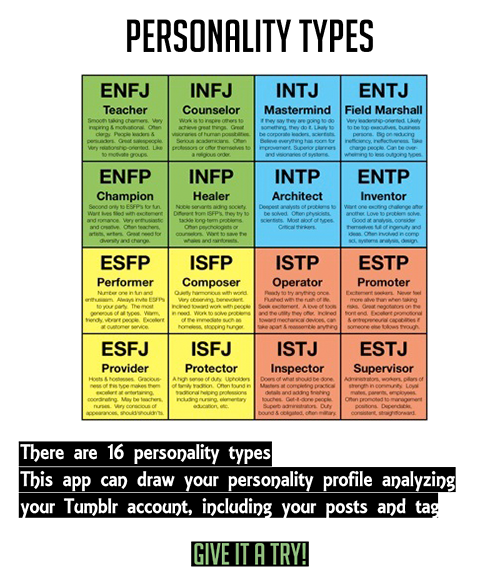
39. Which of the theorists of criminology argued that severe punishments, hardening morals, only increase crime among the people?
a) C. Beccaria;
b) I. Bentham;
c) L. Feuerbach.
40. Who believed that the causes of crimes lay in the economic structure of society and the outdated mechanism of government?
a) C. Lombroso;
b) C. Beccaria;
c) E. Ferry.
41. Who claimed that “crime is the product of three kinds of natural factors (anthropological, physical and social)”?
a) K. Marx;
b) I. Bentham;
c) E. Ferry.
42. Which of the theorists believed that success in the fight against crime could be achieved in a society in which social antagonisms in the sphere of political and economic life had been eliminated?
a) C. Lombroso;.
b) K. Marx;
c) R. Garofalo.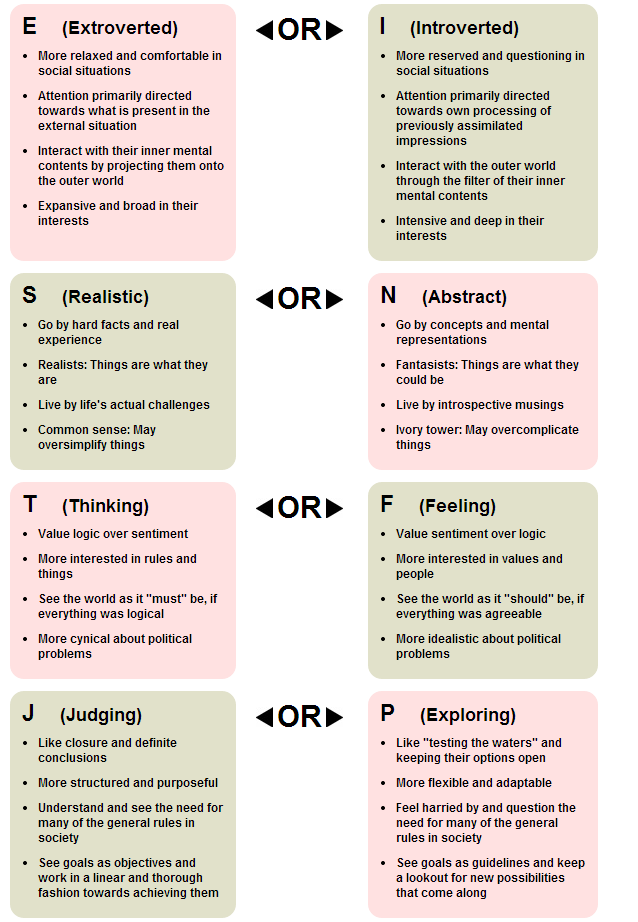
43. Who considered crime as the struggle of an isolated individual against the prevailing exploitative relations (economic and political)?
a) C. Lombroso;
b) C. Beccaria;
c) K. Marx.
44. The crime rate measures:
a) the dynamics of crime;
b) prevalence of crime;
c) the structure of crime.
45. What is the theft latency?
a) minimum;
b) medium;
c) maximum.
46. The level of crime is:
a) quantitative and qualitative characteristics of crime;
b) crime dynamics;
c) the structure of crime.
47. The subject matter of criminology is:
a) the functions of repressive organs in society;
b) patterns, conditions and causes of the emergence, development and prevention of crime;
c) the criminal's consciousness.
48. Crime:
a) socially determined;
b) the result of random unfavorable circumstances;
c) is inherited, innate quality.
49. Criminology studies:
a) the political life of society;
b) illegal behavior of people,
c) morality;
d) administrative law.
50. The structure and nature of crime are:
a) quantitative indicators;
b) quality indicators;
c) crime rate indicators.
51. Juvenile delinquency statistics include persons:
a) 14-18 years old;
b) 10–13 years old;
c) 18–21 years old.
52. The main features of organized crime are:
a) presence of criminal associations;
b) illegal business;
c) corruption;
d) own banks.
53.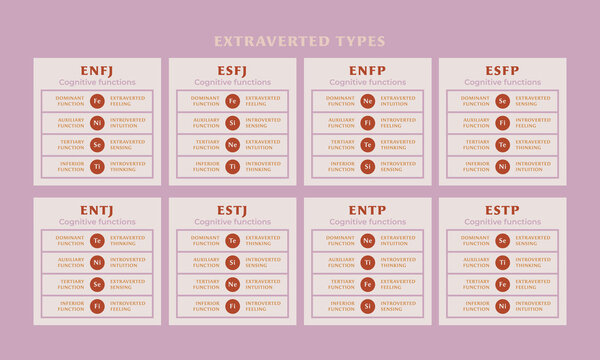 For the first time in our country, attention was drawn to the growing danger of drug trafficking:
For the first time in our country, attention was drawn to the growing danger of drug trafficking:
a) in the 1960s–70s;
b) in the 1970s–60s;
c) in the 1990s;
d) at the beginning of the XXI century.
54. Terrorism is characterized by:
a) violence;
b) intimidation;
c) spontaneity
55. From the point of view of criminal law, a criminal is:
a) a person who has committed a crime and found guilty by a court;
b) an individual predisposed to committing a crime;
c) any person who may find himself in a situation of adverse external circumstances that make him an offender.
56. The financial situation of the offender's personality is:
a) social role property;
b) socio-demographic property;
c) socio-psychological property of the offender's personality.(126).jpg)
57. A criminal is:
a) a socio-psychological property;
b) social role property;
c) socio-demographic property;
d) political property of the individual.
58. The presence or absence of a criminal record is:
a) criminological characteristics;
b) social characteristics;
c) criminal-legal characteristics of the offender's personality.
59. The system of internal social and personal control refers to:
a) the organic structure of the personality;
b) the mental structure of the personality;
c) the social structure of the individual.
0004
a) "random" type;
b) "situational" type;
c) "unstable" type;
d) "malicious" personality type of the offender.
61. Alcoholism is:
a) mental anomaly;
b) the biological factor of the crime;
c) a physical anomaly.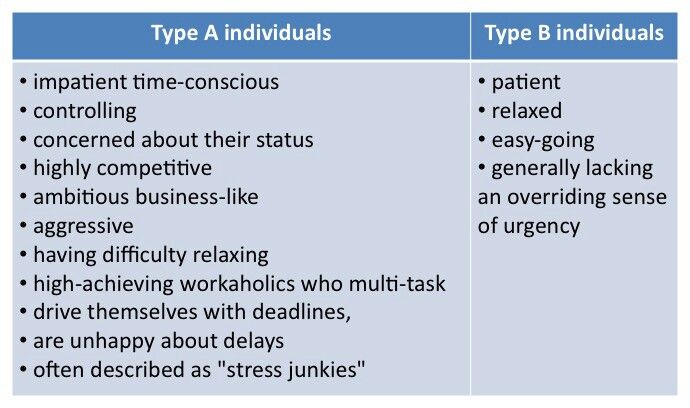
62. Socially deformed convictions of the criminal's personality are:
a) criminal-legal characteristics;
b) correctional labor characteristic;
c) criminological characterization of the offender's personality.
63. Cross out the excess. Drug addiction is a condition of crime:
a) concomitant;
b) social;
c) necessary.
64. Is latency inherent in victimhood?
a) yes, typical;
b) no, not characteristic, latency is associated only with crime;
c) it all depends on the type of crime.
65. The causes of a crime can be:
a) objective conditions;
b) subjective factors;
c) the outlook of the individual.
66. Alcoholism:
a) has no effect on the criminal behavior of a person;
b) is the cause of the crime;
c) is a contributing factor.
67. Urbanization is:
a) a factor influencing crime;
b) cause of crime;
c) the condition of crime.
68. Material well-being of society:
a) increases the level of crime;
b) reduces the level of crime;
c) has no effect on crime.
69. The number of main features included in the definition of the system
a) one;
b) two;
c) three;
d) four;
e) five.
70. The main features of the definition of "system"
a) two or more elements, reciprocity and interdependence, integral unity;
b) perfection;
c) integrity;
d) structure;
e) quality of education.
71. How many subsystems (elements) does the subject of criminology include?
a) one;
b) two;
c) three;
d) four;
e) five.
72. What are the main elements of the subject of the science of criminology
a) patterns of development of science;
b) crime, the identity of the offender, the causes and conditions of the level of crime, the prevention and prevention of crime;
c) causes of crime;
d) level of development, elimination of the consequences of crime;
e) forecasting and planning the fight against crime.
73. Name the main element of the subject (its subsystem) of criminology
a) the identity of the offender;
b) antisocial manifestations;
c) crime as a social and criminal law phenomenon;
d) causes and conditions of crime;
e) crime prevention.
74. What is the quantitative and qualitative indicator that characterizes crime
a) causes;
b) composition;
c) conditions;
d) level, structure, dynamics;
e) prerequisites.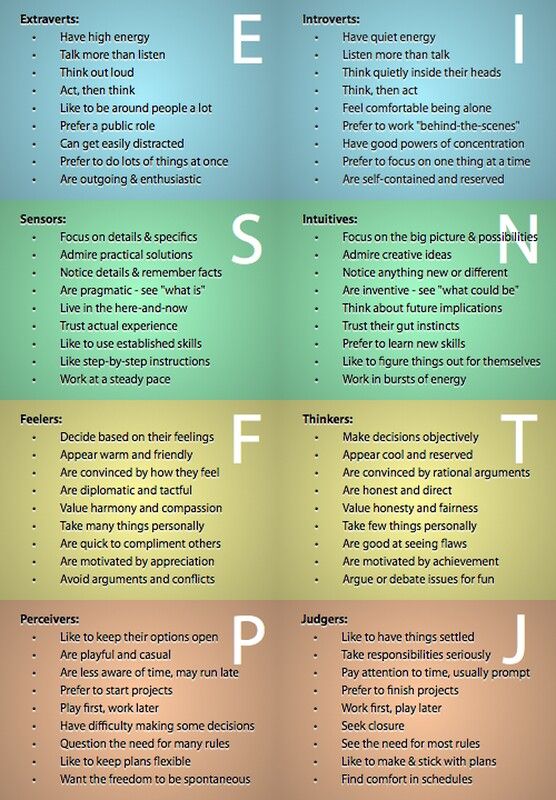
75. Economic crime is studied:
a) the general part of criminology;
b) a special part of criminology;
c) sociology.
EPIC LIST OF 100 FREE ONLINE PERSONALITY TESTS
Here is a set of psychological tests designed to assess various aspects of personality.
1. YouJustGetMe.com .Do other people see you the way you see yourself?
2. The project is implicit. Check your personal biases and social attitudes towards race and other issues.
3. Outofservice.com. This is a personality test based on five personality traits.
Four. Personality Type A / B. This test determines whether your personality is Type A or Type B.
5. Big 5 personality test. This personality test consists of 25 questions and takes about 10 minutes.
6. Enneagram Test. Test for 60 questions.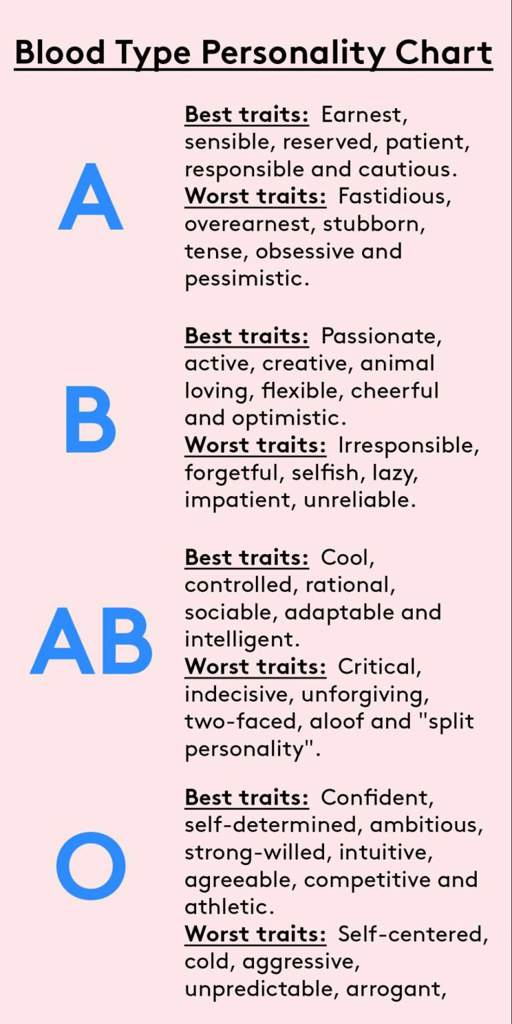
7. 16 Personalities This MBTI test takes approximately 12 minutes and includes 60 questions.
8. Sociopathic test. 25 quiz questions to find out if you are a sociopath.
9. Narcissistic test. Answer 40 pairs of statements. It will take 5-10 minutes to complete.
10. Pedophilia test. 25 quiz questions on OK Amur. Registration is required to see the test result.
eleven. Validity of the MBTI Test. 44 questions, 15 minutes to answer.
12. Leadership test. 18 quiz questions.
13. Test of the big five truth. 50 questions, 15 minutes to answer.
14. Memorado MBTI Test. MBTI test.
fifteen. IPIP-NEO test. The 120-item test evaluates your position in 5 broad domains and 30 personality subdomains.
16. Autism / Asperger test.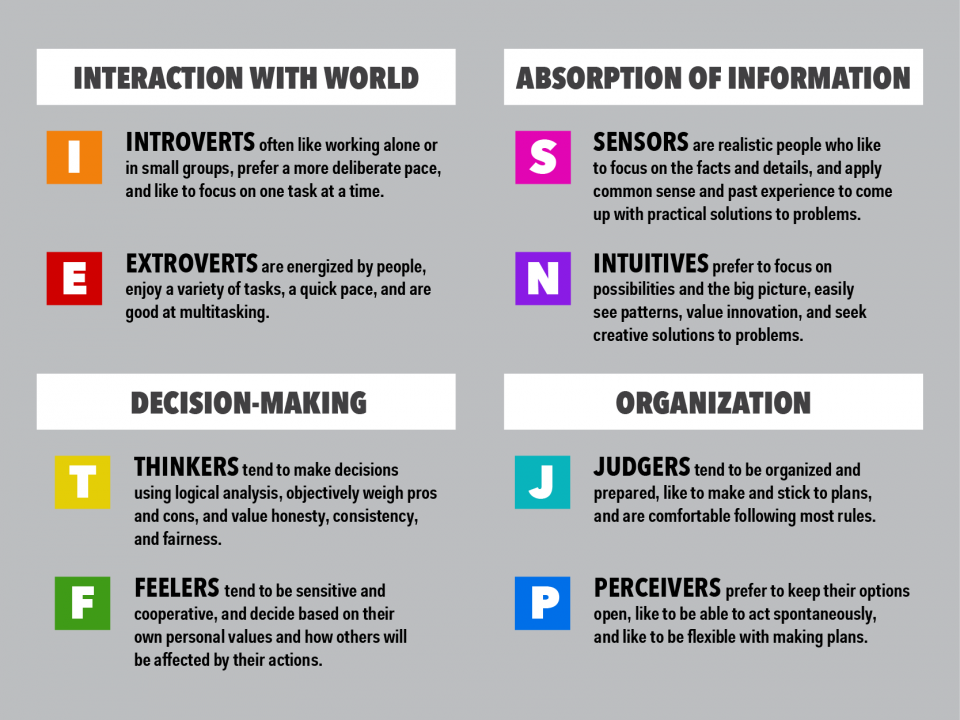 50 quiz questions.
50 quiz questions.
17. AQ Test. Autism test with 50 questions.
18. Kinsey scale. Sexual Preference Test Scale.
19. Test of morality. 15-minute assessment of moral attitudes.
twenty. Test for political preferences. Assesses political opinions based on grammar.
21. Psychopathic test. A short quiz of 12 questions to assess psychopathic qualities.
22. Personal genius test. 20 minute exam in genius style.
2. 3. The personality of the character from 'Star Wars'. See which Star Wars character you share traits with. Takes 5-10 minutes and is written by a psychologist at the University of Berkeley.
24. IQ test. Timed test with 38 questions.
25. Personality disorder test. Determine if you have a personality disorder. It is not intended to be used as a diagnostic tool.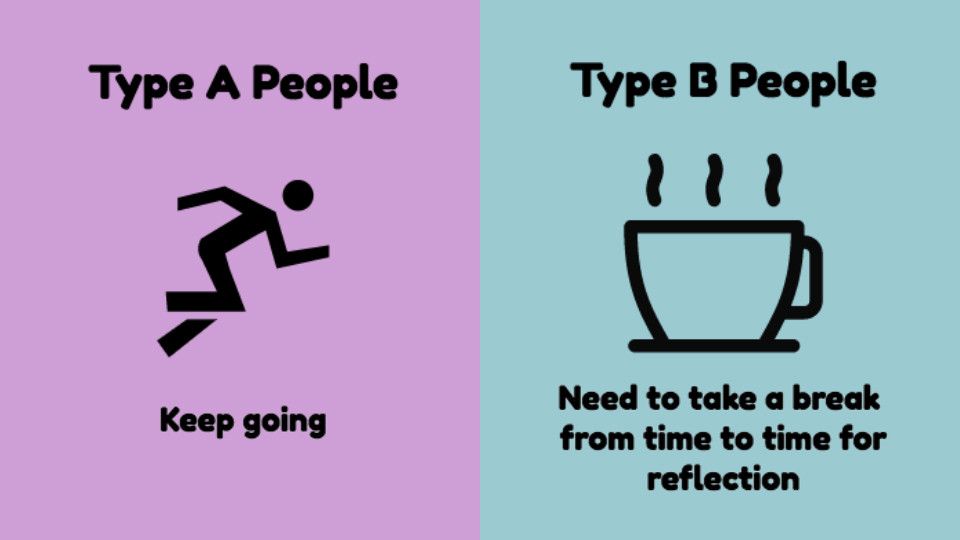
26. Self-censorship test. Take this personality test to find out how much you change your personality in different contexts.
27. Introvert/extrovert test. Do you know where you fall on the introvert-extrovert spectrum? Take this 10 question quiz to find out!
28. DISC Personality test. Take advantage of this free drive personality profile assessment to quickly and instantly assess your drive profile based on answers to 12 short questions.
29. How charming are you? What makes you interesting to others? 28 questions.
30. Handwriting analysis. Discover the secrets of your writing and what it tells others about you! 34 questions.
31. Ability test. The aptitude test is divided into 7 parts, each containing a different type of question. About 22 minutes.
32. Color personality test. 45 questions.
33.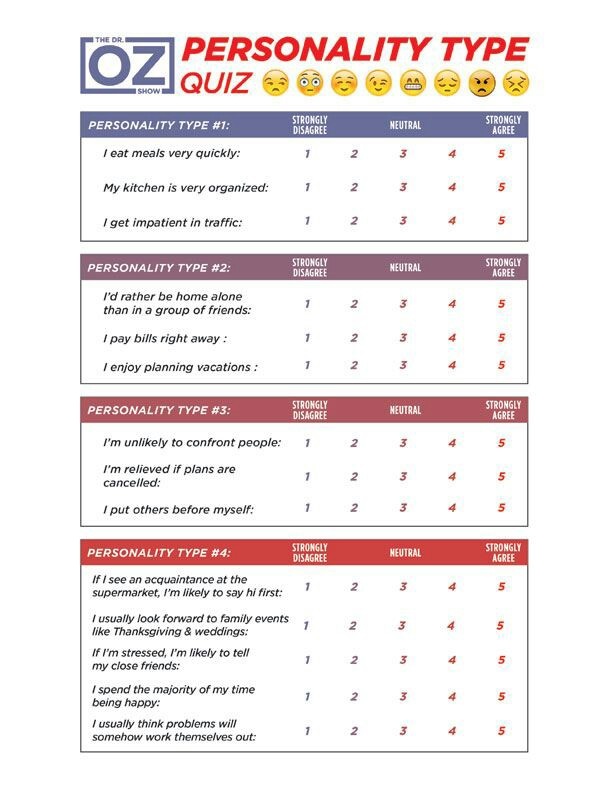 TestColor personality test. Unusual color personality test.
TestColor personality test. Unusual color personality test.
3. 4. A hopeless romantic test. 17 questions, 10 min Are you a hopeless romantic?
35. Psychological test of the archetype. What psychological archetype is the most dominant in your personality?
36. Myers Briggs personality test, 4 questions. 4 questions MBTI Test.
37. Ideal partner test. This quiz will help you find out which personality type describes your true love.
38. Career test of the Dutch Code. This free quiz will determine your strongest career interest among six career topics.
39. Inventory of personal strengths. What talents can you use to be more successful at work and at home?
40. Aspi Quiz. The purpose of this test is to test for neurodiversity/neurotypical traits in adults.
41. Test for defensive pessimism.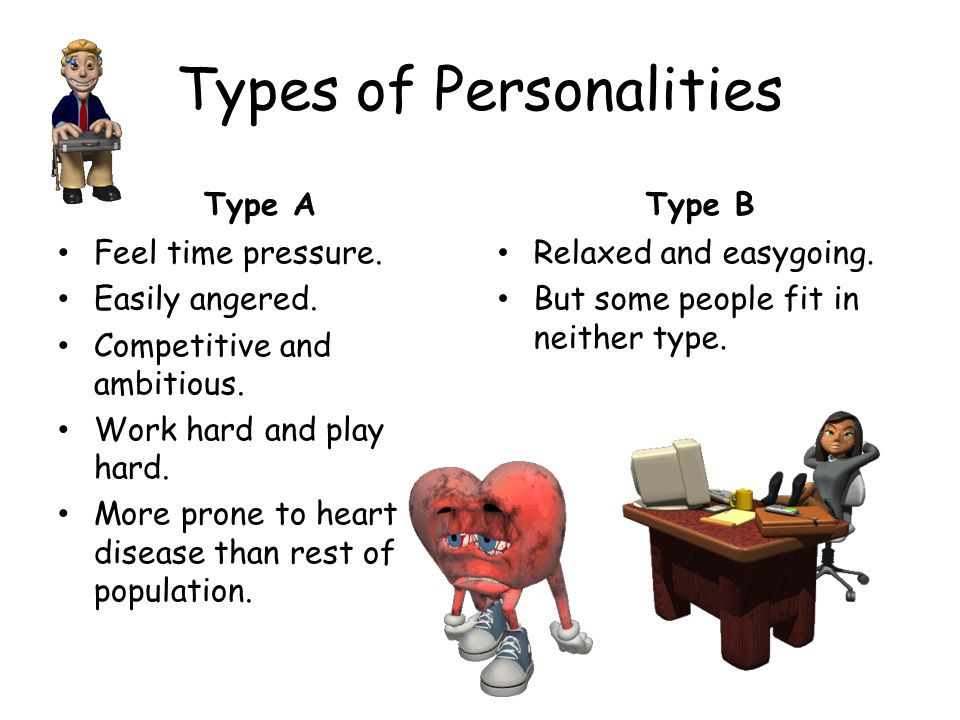 12 questionnaires.
12 questionnaires.
42. Face recognition test. This is a test of your recognition of familiar faces.
43. Test for homophobia. This questionnaire is designed to measure your thoughts, feelings and behavior regarding homosexuality.
44. OCD test. This is a screening measure to help you determine if you have obsessive-compulsive disorder.
Four five. Phelps-Nurse addiction test. Addiction test. This will take you twenty minutes.
46. Alienation test. 30 questionnaire questions.
47. Relationship attachment style test. These surveys are designed to measure your attachment style - how you relate to other people in the context of close relationships.
48. Depression test. Follow these steps to assess your level of depression. All results are completely confidential.
49. Keirsey Temperament Sorter. 71 questions.
71 questions.
fifty. Test for self-confidence. Find out if you've stood up for yourself as much as you should with this quiz.
51. Cruelly honest personality test. This test is absolutely, indisputably, ruthlessly, brutally honest.
52. My personality test. 10 minute personality test.
53. Selfishness/altruism test. This selfishness/altruism test will gauge which side of the continuum you fall on.
54. Impostor syndrome test. This test will assess whether you are struggling with impostor syndrome.
55. Machiavellian test. Those with a Machiavellian personality are ambitious and persistent - and determined to achieve their goals no matter what.
56. Zodiac personality test. Take this quiz to find out if you really fit your sign!
57. Conducts a personality test. 51 questions.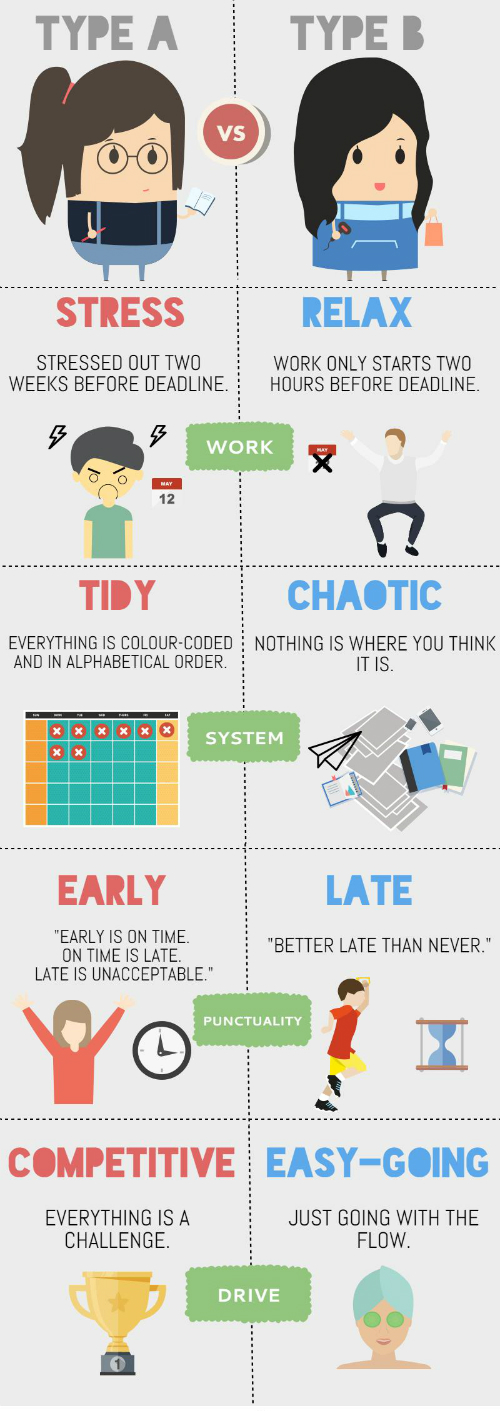
58. 41Q Personality test. Find out your personality type by answering 41 questions.
59. Personality Max. This personality test provides you with the results of your personality type and a chart.
60. Personality test for anxiety. Take this short 25-question self-test to find out if you have behaviors that motivate you to be anxious.
61. PersonalityPerfect.com Take this free personality test and find out what really drives you.
62. NPA personality test. A 50-question quiz to help determine your NPA character type.
63. Borderline personality test. 24 questions.
64. Jungian type scales. This test consists of 60 tasks in two sections.
65. Woodworth's psychoneurotic list. The WPI consists of 116 yes or no questions. For most people, this should take ten to fifteen minutes.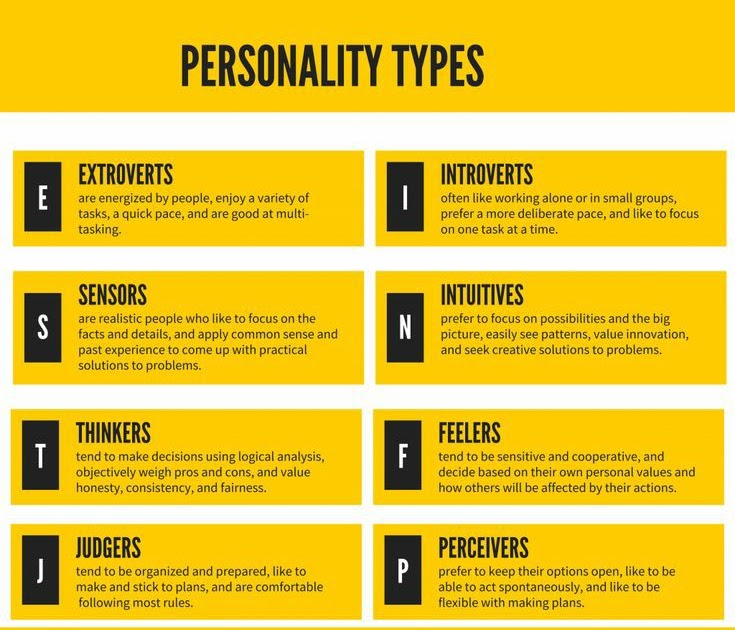
66. Scales of artistic preferences. The test consists of seventy pairs of pictures, for each pair you must choose what you like best and to what extent. Most people need 5-8 minutes to complete
.
67. Brief test of the Dark Triad. The test consists of twenty-seven statements that you need to rate on how much you agree with them. The test should not take most people more than five minutes.
68. Botanical Personality Attribute Scale. 26 questions, 2-5 minutes per answer.
69. Scale of right-wing authoritarianism. The test consists of twenty-two opinions, for each of which you must indicate how much you agree with it. The test should take 3-5 minutes to complete.
70. Open the scales of the four temperaments. This test consists of 40 statements that you need to rate on a five-point scale, based on how much you agree with them.
71.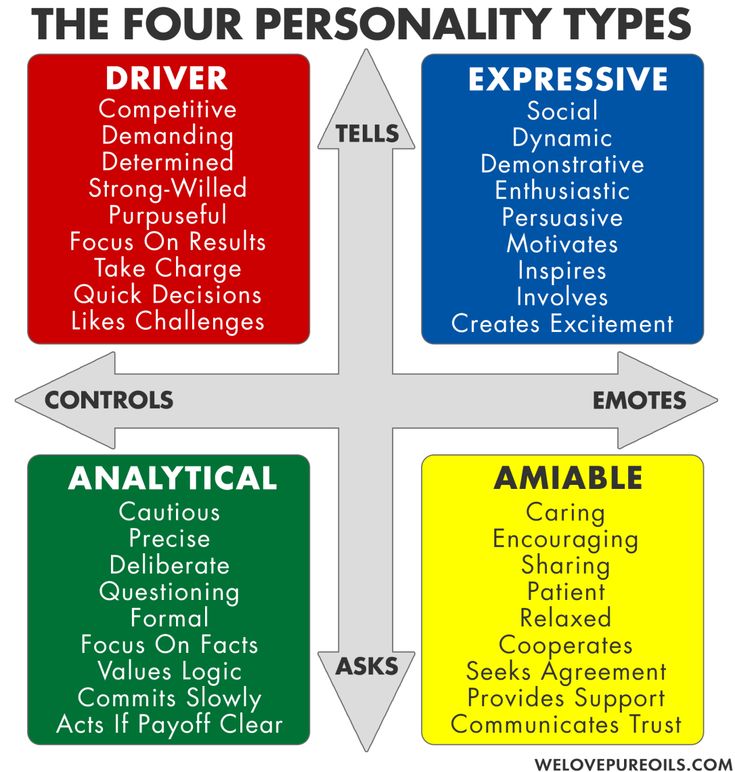 Inventory of the narcissistic personality. The test consists of forty pairs of statements. For each pair, you should choose the one that you think best reflects your personality. For most people, this should take five to ten minutes.
Inventory of the narcissistic personality. The test consists of forty pairs of statements. For each pair, you should choose the one that you think best reflects your personality. For most people, this should take five to ten minutes.
72. Cattell's 16 personality factors. This personality test consists of 164 statements about yourself, each of which is indicated by how accurate it is on a scale.
73. Rosenberg self-esteem scale. The scale consists of ten statements that you could apply to yourself, and which you must rate how much you agree with each of them.
74. Dictionary Isms Review (SDI-46). This test consists of 46 statements that you need to rate on a five-point scale, based on how much you agree with them.
75. Open scale of dominance of the brain in the hemisphere. The inventory consists of 24 items that must be evaluated on a five-point scale, based on how much you agree with them.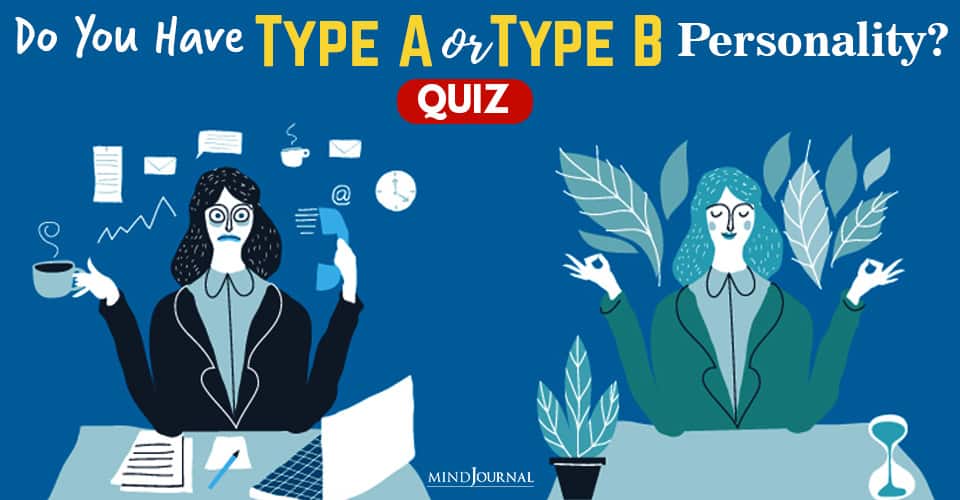
76. General Conspirator Belief Scale. There are 15 questions in GCBS. For each question, you must rate how much you agree with the statement on a five-point scale.
77. Dictionary IQ Test. There are 45 questions in the test. In each question, you are given five words and asked to choose two with the same meaning.
78. Kellog Creativity Test. 40 questions.
79. Dr. Shelley Carson's creativity test. 32 questions.
80. Creativity test. How creative are you? Find out with this 3-minute quiz.
81. Eysenck's Personality Inventory EPI .36 questions.
82. Psychological age test. Answer 8 questions to find out your psychological age.
83. Personality defect test. A personality defect test will provide an accurate analysis of your true personality, but it will do so in a very offensive way.
84. Nazi personality test. It will determine how blindly patriotic and brainwashed you are.
85. Stereotype test. 15 questions. Okay, Cupid's registration.
86. Emotional intelligence test. How well do you read other people?
87. Color energy test. What color is your energy?
88. Mental health assessment. 60 questions, 15 min.
89. Evaluation of the identity of the SAPA project. 10-12 minute quiz.
90. iPersonic Test. Knowing your iPersonic type will give you personalized advice about your career, relationships and health.
91. Ideal career test. Discover your personality type and ideal career. 68 questions.
92. Hexaco identity inventory. 100 questions.
93. Dominant trait test. This simple quiz uses abstract images to unlock the secrets of your subconscious mind, allowing you to unlock your dominant personality trait.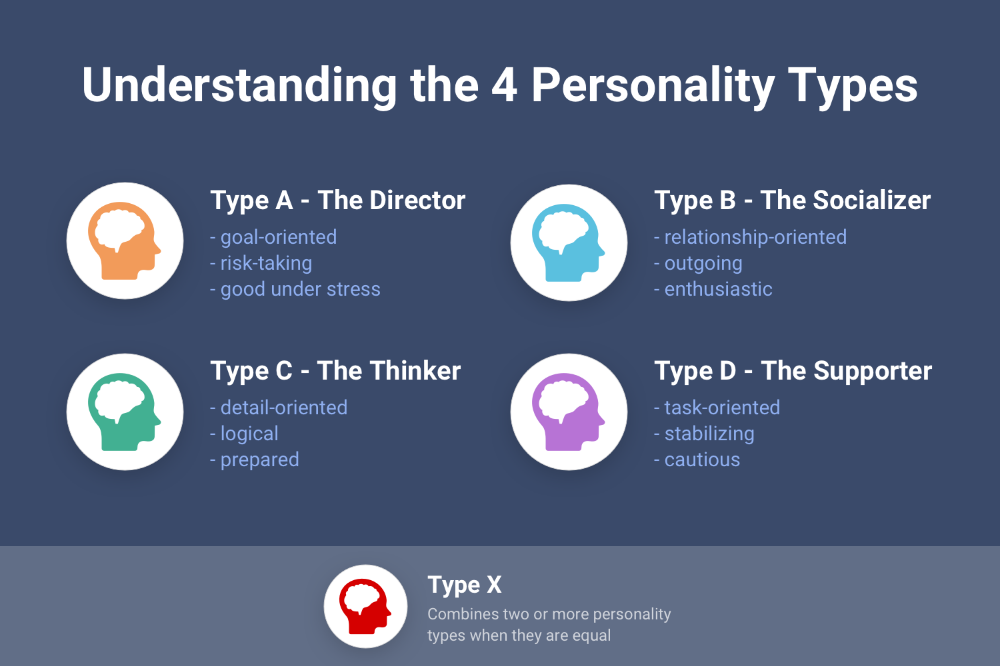
Learn more








